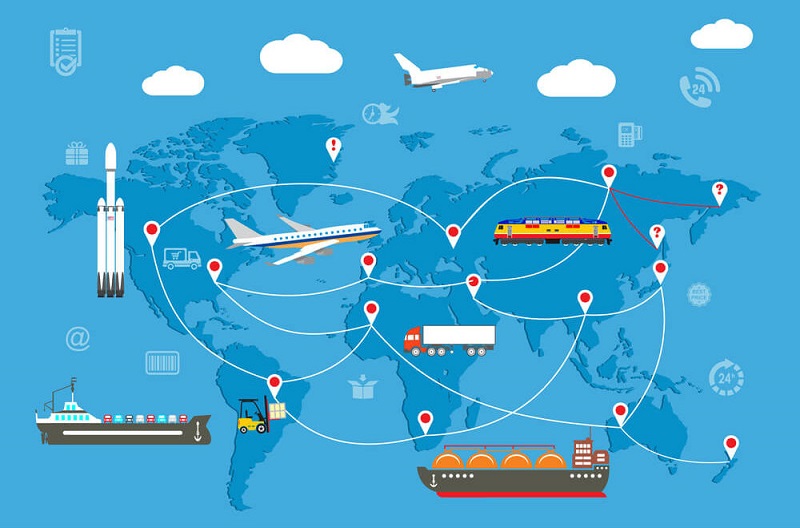E-commerce and logistics are complementary and interdependent.With the rise of e-commerce in recent years, cross-border e-commerce logistics has also encountered some unsolvable problems.
This paper analyzes the current situation of cross-border e-commerce logistics, and from the perspective of national policies, logistics distribution, talent training and other aspects of cross-border e-commerce logistics, proposes national macro-control, infrastructure construction, improvement of distribution efficiency, talent training and other solutions to promote the development of cross-border logistics in China.
In recent years, with the improvement of people’s living standards, e-commerce has also developed rapidly. As the world’s largest manufacturing producer and the largest consumer market, import and export cross-border e-commerce will eventually become the largest market, and cross-border e-commerce has emerged as The Times require.
In order to keep pace with The Times, cross-border e-commerce can develop in the long run.
The development of cross-border logistics has become the primary task of modern logistics researchers.
Cross-border e-commerce logistics model
1. International express
International express mode mainly refers to some logistics Courier companies, such as, THT and DHL, UPS, their comprehensive strength is strong, with advanced international information system and global self-built network, and wide coverage, intensive route distribution. The advantages of this model is high speed, low packet loss rate and the service is good, but the price is quite high.
2. Third-party logistics
The third party logistics mode, the third-party logistics companies can provide quality logistics services for buyers and sellers, to provide equipment and related technical guidance, its logistics services with a strong professional. For general foreign trade enterprise, more focus on sales, lack of knowledge of logistics management, and the third party logistics is of high quality logistics services, and supporting system more scientific and perfect, so the enterprise more inclined to the third party logistics service mode.
3. Overseas warehouse
For some of the strength is abundant, cross-border electricity enterprises and multinational trading company logistics service enterprise, they will build their own goods warehouse in free trade zone, after receiving customer orders, just need to relevant data can be sent to the warehouse management center, do not need to undertake other operations, so simplify the procedure of logistics, reduce the cost of shipping enterprise. But to build on overseas warehouse, not only need to spend a lot of money, but also need to analyze, predict market, so the risk of its existence very big hidden trouble.
4. Self-run logistics
At present, some enterprises have established their own logistics team and storage space to provide consumers with quality services.
For example, for JINGdong, its cross-border e-commerce is a global purchase, which effectively combines the overseas warehouse mode with the self-established logistics system to increase consumers’ experience of cross-border goods. However, if we want to implement the self-operated logistics mode, we must ensure the strong strength of the enterprise.
5. Postal parcels
The postal parcel mode covers a wide area. In this mode, the country will have some tax subsidies, so the price is relatively cheap. However, due to the long transportation time, some parcel loss phenomenon often occurs, and the information is relatively backward, which is not conducive to the customer’s tracking of the goods.
